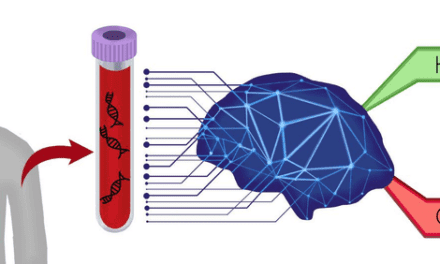The U.S. Food and Drug Administration (FDA) gave feedback to Median Technologies regarding the Q-submission phase initiated on May 2, 2022 for its iBiopsy Lung Cancer Screening (LCS) AI/ML tech-based CADe/CADx1 Software as Medical Device (SaMD) and announces completion of this phase.
The Q-submission phase is a major regulatory step which allows regular and in-depth discussions with the FDA on key topics such as pivotal study protocols. Further to this Q-submission phase, Median’s SaMD is better tailored to fit the FDA’s expectations and market needs.
Further reading: Blood Biomarker May Help Verify CT-Captured Lung Cancer
The iBiopsy solution is based on advanced technologies in artificial intelligence (AI) and data science (DS), benefiting from Median’s expertise in medical image processing. iBiopsy targets the development of AI/ML tech-based Software of Medical Devices (SaMD), to be used in several indications for which there are unmet needs regarding early diagnosis, prognosis, and treatment selection in the context of precision medicine. iBiopsy currently focuses on lung cancer, liver cancer (HCC) and liver disease (NAFLD/NASH).
Median Technologies, having finalized pivotal study protocols, is now getting ready for pivotal study execution by the end of Q2 2023, as planned, once all imaging and clinical data collection and preparation as well as reader training are completed. Likewise, Median still targets obtaining the FDA 510(k) clearance for its iBiopsy LCS CADe/CADx SaMD in the first half of 2024, subject to FDA review requirements.
“The Q-submission phase allowed us to have frequent and fruitful interactions with the Agency in order to better tailor our medical device software to the US market,”saysFredrik Brag, CEO and founder of Median Technologies. “But more than that, we had the opportunity to present to the FDA the vision we have for our product, the cutting edge performance we aim for, and our ambition to change the paradigm in the early diagnosis of lung cancer patients.”
References:
1 A radiological CADe device is “intended to identify, mark, highlight or otherwise direct attention to portions of an image that may reveal abnormalities during interpretation of images by the clinician.” A CADx device is “intended to provide information beyond identifying abnormalities, such as an assessment of disease.” Source: FDA





